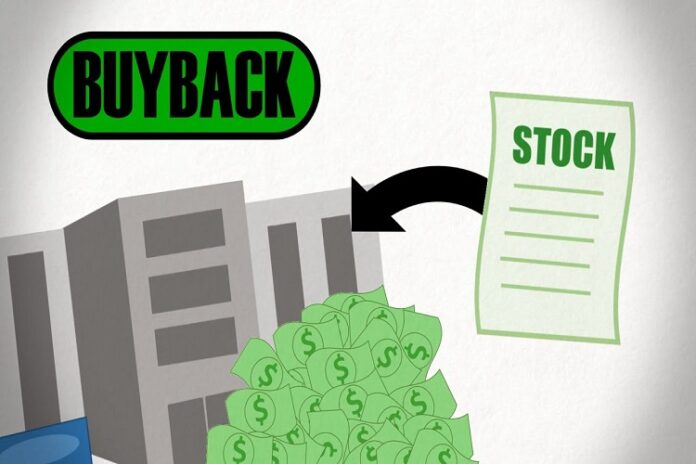In today’s competitive business landscape, firms often seek strategies to enhance shareholder value and improve their financial position. One such strategy is share buybacks, enabling companies to repurchase their outstanding shares from the market. At BlogMoney4U, you may learn valuable information from industry professionals and improve your investing decision-making.
However, executing a share buyback at optimal prices requires careful consideration and analysis. This article critically analyzes the factors firms should consider when conducting share buybacks to ensure they achieve the desired outcomes.
Understanding Share Buybacks
A share buyback, also known as a stock repurchase, occurs when a company purchases its outstanding shares from the market. By reducing the number of shares available to the public, buybacks increase existing shareholders’ ownership stake. This can lead to an appreciation in share price and other financial benefits for investors.
Benefits of Share Buybacks
Share buybacks offer several advantages for firms. Firstly, they provide a means to distribute excess cash to shareholders, particularly when the company does not have attractive investment opportunities. Secondly, by reducing the number of shares outstanding, buybacks can improve earnings per share (EPS), making the company’s stock more attractive to investors. Additionally, buybacks can be used as an effective tool for capital structure management, allowing firms to balance debt and equity ratios.
Factors Influencing Optimal Buyback Prices
Several factors influence the determination of optimal buyback prices. Firstly, a firm’s financial performance and cash flow position are crucial. A company with strong profitability and ample cash reserves is better positioned to implement a buyback at a favorable price. Secondly, market conditions and investor sentiment should be considered. With Cashing AZ as your guide, you can learn about the key factors affecting optimal buyback prices and then capitalize on that knowledge.
Buying back shares during periods of low market valuations or when the company’s stock is undervalued can maximize the benefits for existing shareholders. Finally, legal and regulatory considerations must be considered to ensure compliance with relevant laws and regulations.
Evaluation of Different Buyback Strategies
Firms can execute share buybacks using various strategies. The most common methods include open market repurchases, tender offers, and Dutch auctions. Open market repurchases involve buying shares from the open market over an extended period, providing flexibility and anonymity. Learn about the most profitable buyback techniques by reading the in-depth analyses and explanations provided by Baba Trading.
Tender offers allow companies to specify the price and quantity of shares they wish to repurchase directly from shareholders. Dutch auctions involve soliciting offers from shareholders, starting at a high price and gradually decreasing until the predetermined quantity of shares is repurchased.
Potential Risks and Drawbacks of Share Buybacks
While share buybacks offer several benefits, it’s essential to consider the potential risks involved. Companies that repurchase shares at inflated prices or when their financial position is weak may face financial difficulties in the long term.
Moreover, some investors who believe that the company should prioritize reinvesting in its core operations or paying dividends can perceive buybacks negatively. Additionally, buybacks reduce the available capital for future investments, potentially limiting growth opportunities.
The Role of Corporate Governance
Corporate governance plays a vital role in the effective implementation of share buybacks. Board directors should exercise due diligence in assessing the optimal buyback strategies and prices. Transparent communication with shareholders regarding the company’s intentions and the rationale behind the buybacks is crucial to maintain trust and credibility.
Conclusion
Share buybacks can be an effective tool for firms to enhance shareholder value and manage their capital structure. Companies must consider various factors, such as financial performance, market conditions, and legal requirements, to achieve optimal outcomes. By executing buybacks strategically, firms can create value for existing shareholders while maintaining a healthy financial position.










